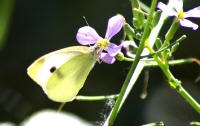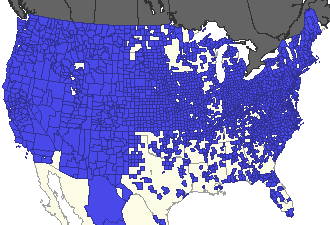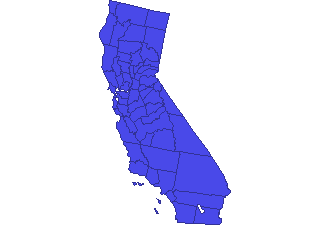|
United States Range Map |
|
California Range Map |
|
Adult Sexes
Similar |
 |
|
|
|
|
|
|
Identification: |
|
Life history:
|
|
Upperside of wings white;
forewing with black tip. Two submarginal black spots
in female, one in male. Underside of
hindwing and
forewing apex evenly yellow-green or gray-green. Spring and
fall short-day form is smaller, less yellow, with reduced
black areas. |
|
Males patrol for females. Females lay single eggs on
undersides of host leaves. Chrysalids hibernate. |
|
Flight: |
|
Wing Span: |
|
Two to three in northern part of range; 7-8 in the south. It
is usually the first butterfly to emerge in spring. |
|
1 3/4 - 2 1/4 inches (4.5 - 5.8 cm).
|
|
Caterpillar Hosts: |
|
Adult Food: |
|
Many plants in the mustard (Brassicaceae) family and
occasionally some in the caper family (Capparidaceae). |
|
Flower nectar from a very wide array of plants including
mustards, dandelion, red clover, asters, and mints. |
|
Habitat: |
|
Season: |
|
Almost any type of open space including weedy areas,
gardens, roadsides, cities, and suburbs. |
|
Adults fly from early spring to September
(1);
mid-April to mid-October in southern Ontario; shorter season
farther north, and longer season farther south |
|
Remarks: |
|
Conservation: |
|
Introduced accidentally near Montreal in the 1860s, this
species has become an important pest. Bacterial and viral
diseases now provide some biological control. |
|
Conservation: Not required.
NatureServe Global Status:
G5 - Demonstrably secure globally, though it may be quite
rare in parts of its range, especially at the periphery.
Management needs: Ensure control steps do not
affect other invertebrate fauna.
|
|
Sources used to
Construct this Page: |
|
|
|
|




